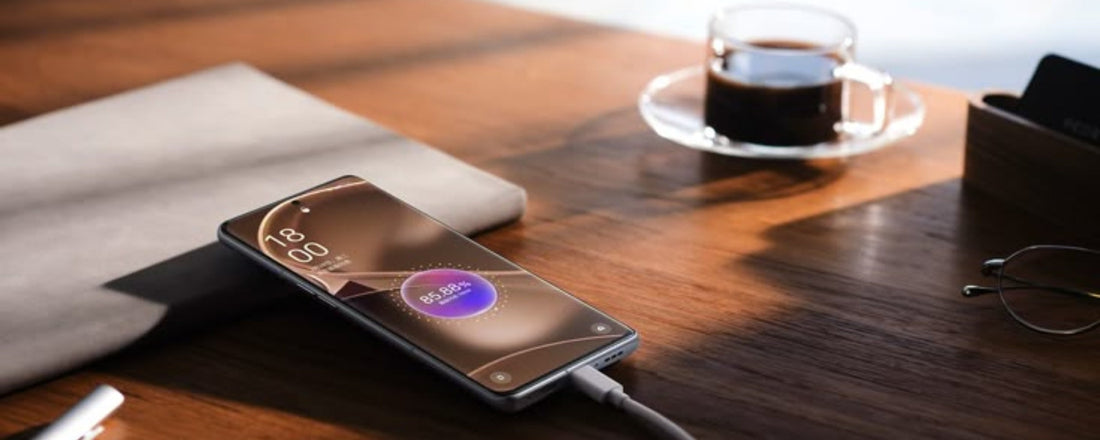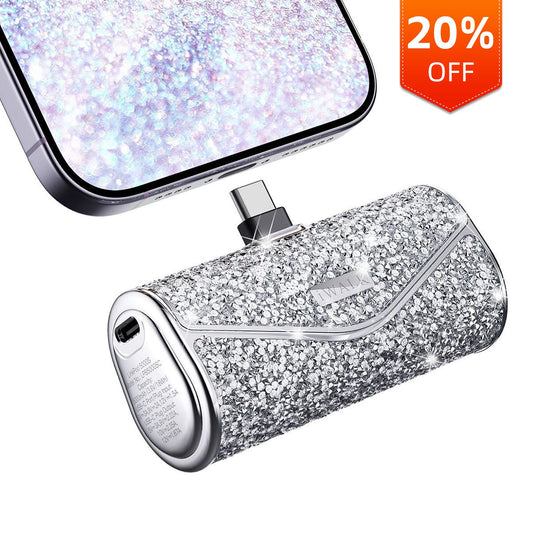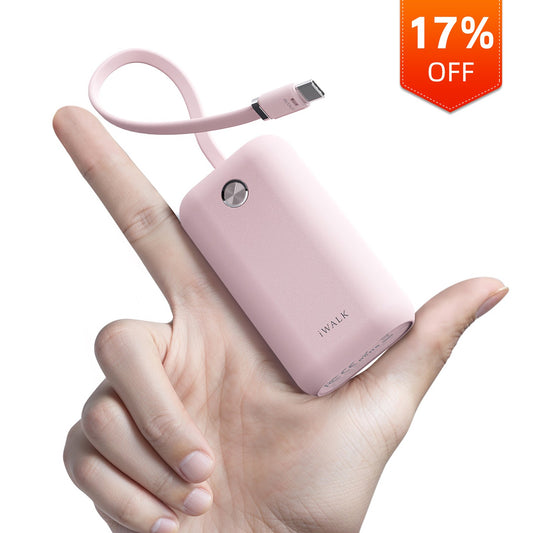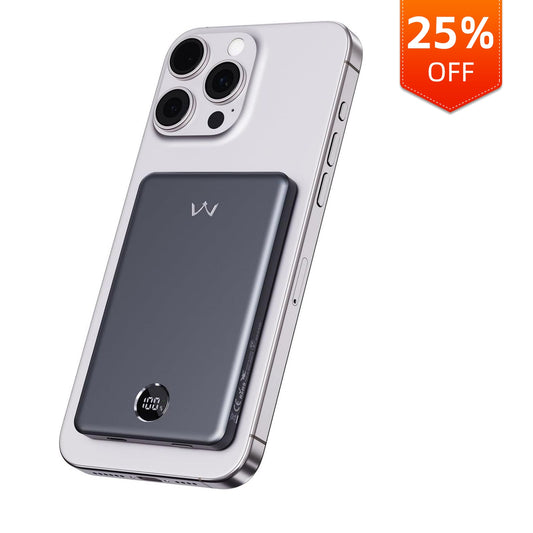As smartphones become an integral part of daily life, users are demanding not only longer battery life but also faster charging times. In response, manufacturers have shifted focus toward developing devices with large-capacity batteries and, equally important, fast-charging technologies. Fast charging enables users to restore a significant portion of battery power in a short amount of time, ideal for busy lifestyles or when needing a quick power boost before heading out.
The Basic Principle Behind Fast Charging
Modern smartphones consume more power due to larger screens and increased processing capabilities. Although batteries have become larger, the need for efficient recharging has grown. Fast charging addresses this by increasing the voltage, the current, or both. You can think of voltage as water pressure and current as the width of the pipe. To charge a battery quickly (the reservoir), you can either increase the water pressure, use a larger pipe, or do both—this analogy helps explain how fast charging speeds up energy transfer.
USB-C Port Doesn’t Automatically Mean Fast Charging
Many users assume that having a USB Type-C charging port guarantees fast charging. This is a misconception. Fast charging depends on both the charging protocol supported by the phone and the charger used. For example, Huawei's 45W SuperCharge only works on specific Huawei models. Even when using a Huawei 40W charger, non-compatible devices will only receive standard 5V/2A charging.
Furthermore, the charging cable plays a critical role. Certain fast charging systems like OPPO’s SuperVOOC require both a proprietary charger and the original cable to function properly. In short, to fully benefit from fast charging, it’s best to use the manufacturer’s original or certified charging equipment.

How Safe is Fast Charging?
Given that fast charging relies on increasing power delivery, some users worry about potential safety risks, such as overheating or reduced battery lifespan. However, modern smartphones and chargers incorporate multiple safety mechanisms. Typically, fast charging is designed to rapidly charge a device from 0% to 50%, then gradually reduce the speed, especially after 90%, switching to trickle charging to protect battery health.
Manufacturers include thermal management, voltage regulation, and charge control chips to minimize risks. As long as you use original or certified chargers and avoid extreme environments (like charging under direct sunlight or in hot cars), fast charging is generally safe.
Key Fast Charging Technologies
Qualcomm QuickCharge (QC)
Qualcomm, known for its Snapdragon processors, developed one of the earliest fast-charging technologies—QuickCharge (QC). Most Snapdragon-equipped smartphones support QC, and even some using Samsung’s Exynos chips are compatible. The latest version, QC4+, offers up to 50% charge in just 15 minutes. This is achieved through:
Dual-channel charging
Intelligent thermal balancing
Enhanced safety protections
QC4+ is also backward-compatible with earlier versions like QC2.0 and QC3.0, and it's supported by power banks, car chargers, and more.
USB Power Delivery (USB PD)
The USB-IF group introduced USB PD as a universal standard to solve the issue of fragmented charging interfaces. USB PD uses a Type-C connector and is compatible across devices—from phones to laptops, monitors, and cameras. It can deliver up to 100W of power (20V/5A).
USB PD dynamically negotiates power between the charger and the device. For example, a Sony Xperia XZ3 can charge at 18W when using a USB PD-compatible charger. Starting with QC4.0, Qualcomm’s technology also supports USB PD, allowing broader compatibility.
OPPO SuperVOOC
SuperVOOC is OPPO’s proprietary fast-charging standard, known for its 50W output (10V/5A). It can charge a phone to 40% in just 10 minutes. SuperVOOC devices use a dual-cell battery design: each 5V stream charges one of the two cells simultaneously, reducing heat and avoiding internal voltage conversion losses.

This system includes:
VCU control chips to verify cable and charger compatibility
VFC algorithms to speed up the final stages of charging by optimizing voltage and current flow
As a result, even the slowest part of charging—going from 90% to 100%—can be completed significantly faster than with conventional methods.
Huawei SuperCharge
Huawei’s SuperCharge system delivers up to 45W and follows similar principles—using compatible chargers, cables, and devices to achieve high-speed charging while managing safety and temperature control. However, like OPPO’s system, it only works fully with specific Huawei phones.

Real-World Fast Charging Performance
Across all technologies—QC, USB PD, SuperVOOC, and SuperCharge—the fast charging effect is most noticeable between 0% and 70%. After that, charging slows down to preserve battery health and ensure safety. For example, Sony has been especially conservative in its charging strategy: after reaching 70%, devices like the Xperia XZ3 significantly reduce input current, leading to noticeably slower charging beyond that point.
What About iPhones?
Unlike Android phones that support a variety of fast charging protocols, iPhones only support USB PD. From the iPhone 8 onward, devices can utilize Apple’s 18W or higher USB PD chargers for fast charging. However, the original 5W chargers included in older boxes do not support fast charging.
In practice, iPhones can charge from 0% to 50% in about 30 minutes using PD, but beyond that, charging slows down. For instance, the iPhone XS Max still takes close to two hours to fully charge, even when using fast charging.
Conclusion
Fast charging has become an essential feature in today’s smartphones. Whether it's Qualcomm’s QuickCharge, USB PD, OPPO’s SuperVOOC, or Huawei’s SuperCharge, the goal remains the same: to minimize downtime and maximize battery efficiency. However, users should remember that fast charging relies on proper combinations of devices, chargers, and cables—and most importantly, it is safe when used correctly. For the best experience, stick to certified accessories and follow manufacturer recommendations.










